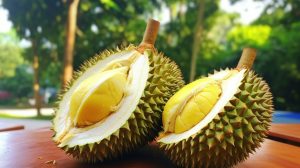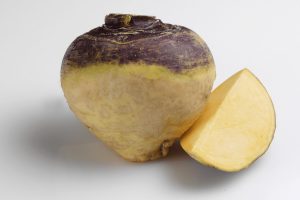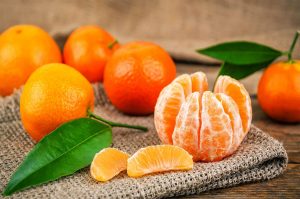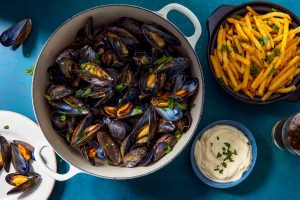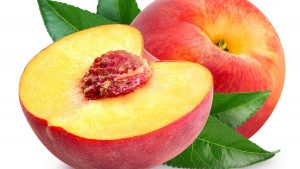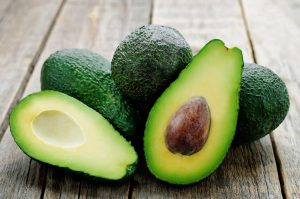
31 interesting facts about Tayberry
- 👁️ 936
Tayberries, the delightful fruit born from the marriage of raspberries and blackberries, hold a special place in the hearts of berry enthusiasts. Developed in Scotland in the late 20th century, this berry has since charmed its way into gardens and kitchens around the globe. Its unique taste and versatility in culinary applications make it a prized pick among both gardeners and chefs. Here, we unravel the fascinating world of tayberries, presenting a compilation of intriguing and informative facts that underscore their significance and appeal.
- The tayberry was first cultivated in Scotland by agricultural scientist Derek Jennings in the 1970s.
- It is named after the River Tay in Scotland.
- Tayberries are a hybrid, resulting from crossing a blackberry with a red raspberry.
- They are larger and longer than raspberries, resembling a cone shape.
- The fruit’s flavor is a balance of sweet and tart, more aromatic and with a deeper taste than its parent berries.
- Tayberries ripen from mid to late summer, typically around July.
- The bushes can yield fruit for up to 10 years if properly cared for.
- Tayberries are rich in vitamins C and K, fiber, and antioxidants.
- The plants are more cold-hardy than many other berry varieties, making them suitable for cooler climates.
- Unlike raspberries and blackberries, tayberries do not produce fruit on old wood. They need to be pruned annually.
- The fruit’s delicate nature makes it challenging to transport, so it’s rarely found in supermarkets.
- Tayberries are perfect for making jams, jellies, desserts, and wine due to their rich flavor.
- They require full sun to partial shade for optimal growth.
- Tayberries are not self-pollinating; they need bees and other insects for pollination.
- The plants can grow up to 2 meters in height and require support as they mature.
- Soil should be well-draining and rich in organic matter for the best berry production.
- They were introduced to the public market in 1979.
- Tayberries can be eaten fresh or used in cooking and baking.
- The leaves of the tayberry plant can be used to make herbal tea.
- Pests such as raspberry beetles and birds can pose a threat to tayberry plants.
- Mulching around the base of plants helps retain moisture and suppress weeds.
- Tayberry plants are susceptible to root rot in waterlogged soil.
- They contain ellagic acid, which has been studied for its potential cancer-fighting properties.
- Tayberries should be harvested when fully ripe, as they do not ripen after being picked.
- Overripe tayberries can be used in smoothies or fruit sauces.
- The plant is a thornless variety, making harvesting less painful compared to traditional blackberries.
- Regular watering is essential during the fruiting period to ensure a good crop.
- They are not widely commercialized due to their fragility and short shelf life.
- Tayberries have a higher yield compared to some other berry types when given proper care.
- The best way to propagate tayberries is through tip layering.
- Frost during the flowering period can damage the blossoms and reduce yield.
The tayberry stands out in the world of fruits for its exceptional flavor and versatility. Its cultivation, while requiring attention to detail, rewards with bountiful harvests that can transform culinary experiences. The introduction of the tayberry not only added diversity to berry cultivation but also introduced a delightful new taste to berry lovers worldwide. As research continues and gardening techniques evolve, the potential for tayberries grows, promising a future where this exquisite fruit becomes a staple in more gardens and dishes around the globe.

